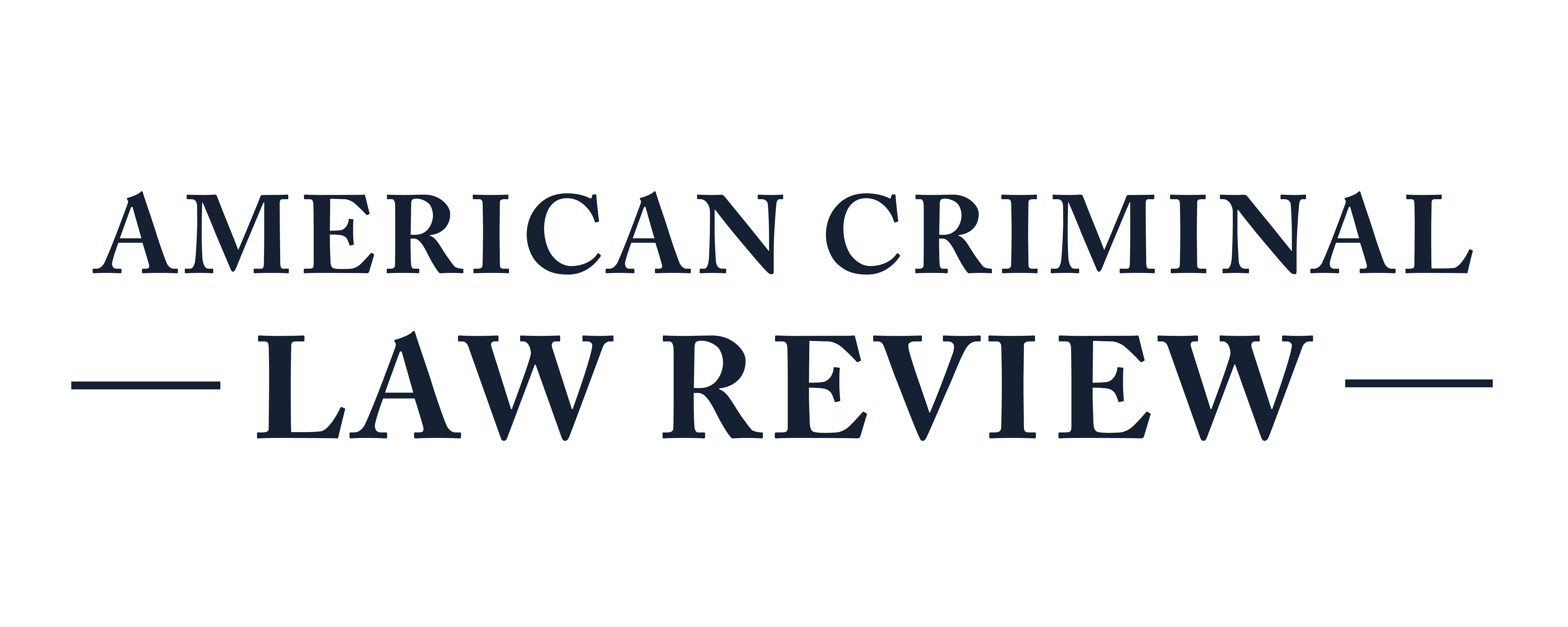Liability for Mass Sexual Abuse
When harm is caused to victims by multiple injurers, difficult issues arise in determining causation of, legal responsibility for, and allocation of liability for those harms. Nowhere is this truer than in child pornography and sex trafficking cases, in which individuals have been victimized over extended periods of time by hundreds or even many thousands of injurers, with multiple and often overlapping victims of each injurer. Courts (and lawyers) struggle with these situations for a simple reason: they insist on applying tests of causation that fail when the effect was over-determined by multiple conditions. The failure to properly understand the causation issue has exacerbated failures to properly understand and distinguish the injury, legal responsibility and allocation of liability issues.
All of these issues, plus other significant issues, arose in Paroline v. United States (2014), in which the Supreme Court considered the statutory liability of a convicted possessor of child pornography to a victim whose images he possessed for the pecuniary losses that she suffered due to her knowledge of the widespread viewing of those images. In this article we critique the Justices’ opinions in Paroline as part of a broader discussion that is intended to clarify and distinguish the causation, injury, legal responsibility and allocation of liability issues in general and especially in situations involving mass sexual abuse, while also criticizing the Court’s ill-considered dicta that would make any compensatory award in civil as well as criminal cases subject to the constitutional restrictions on criminal punishment.
Subscribe to ACLR
